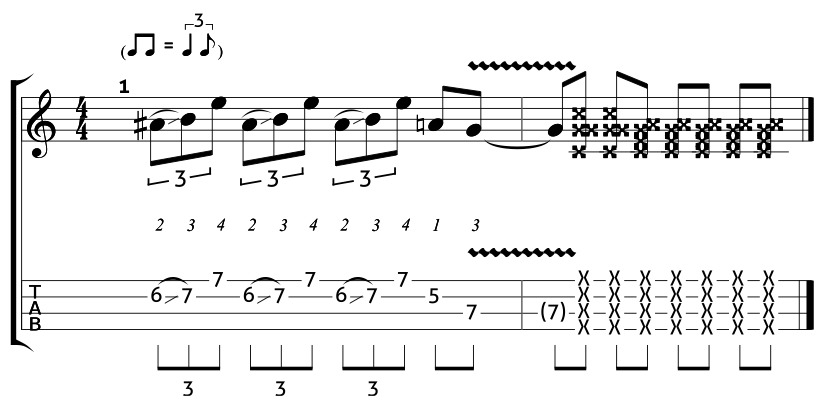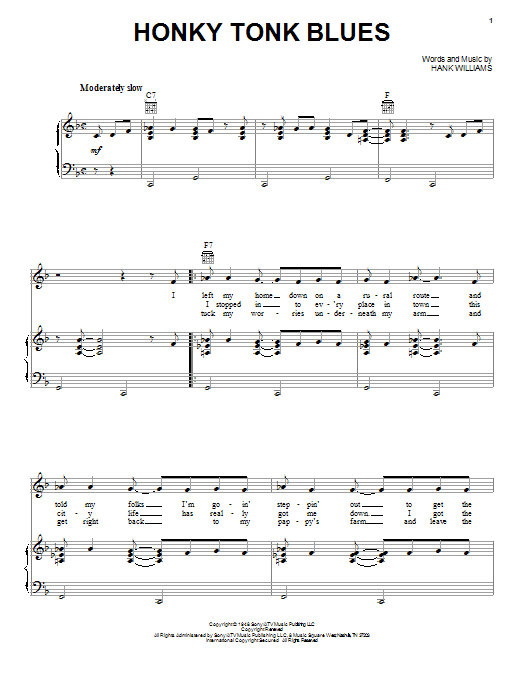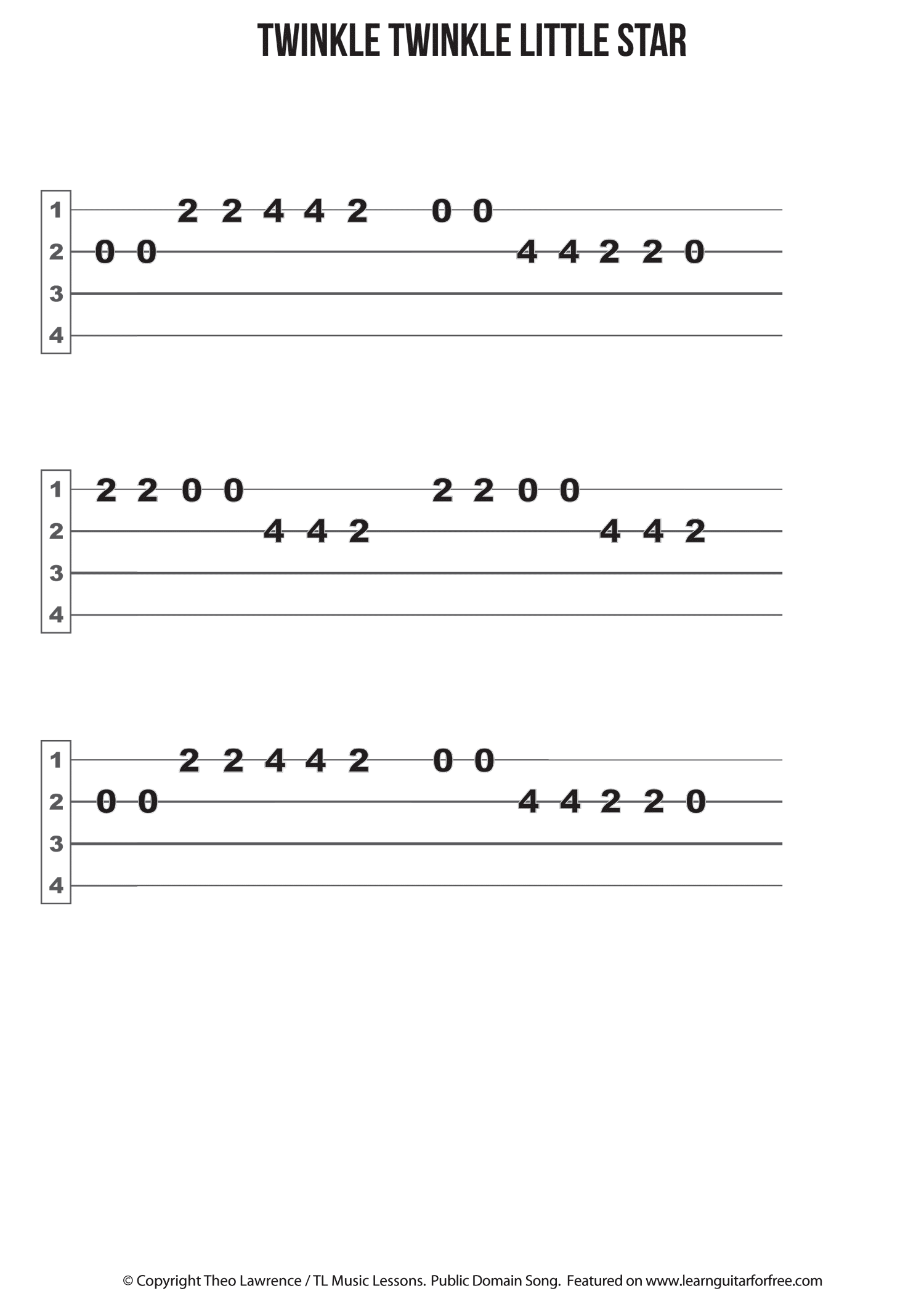Getting to grips with the blues scale on ukulele is a great way to add a little improvisation to your routine. It’s nice to get a little free with your playing from time to time and just do what you like. Let’s take a look at the blues scale to get you started.
- Learn To Play Ukulele Chords
- Play Ukulele Chords Online
- How To Play Blues Ukulele Pdf Chords Guitar
- Blues Ukulele Pdf
- Learning Chords On Ukulele
- How To Play Blues Guitar
- How To Play Blues Ukulele Pdf

- How To Play Blues Ukulele covers everything from the absolute basics like simple 12 bar blues patterns to more complex playing techniques, progressions, riffs and more. This 128 page PDF guide has 123 examples for you to learn (all with supporting YouTube videos) and 4 mp3 backing tracks for you to solo along with. Buy How To Play Blues Ukulele.
- Want to play 'Bye Bye Blues' on your ukulele? Learn how with this free video ukulele lesson from Ukulele Mike. Whether you play the ukulele or bass kazoo, there is no better way to improve your chops than by learning to play your favorite songs. Not only is it more fun and much easier than running drills or memorizing a chord book by wrote, it's obviously also a wonderful way to build your.
- What you get: A 78 page PDF file, 84 mp3 files, a printer-friendly pdf file, 7 pdf files containing scale and chord patterns. Download size: 27.3MB. To learn more about these file types and download a test file, visit our FAQ page. If you have any questions not answered there, please contact me here. How to Play Blues Ukulele.
- Once you can play the 12 bar blues in A all the way through, picking with the occasional strum, then you can start to mix it up: We learnt the blues scale in A earlier. You can replace any of the chord notes you pick, with the blues scale notes (including all the open strings), from time to time. Or, you can play a solo, as part of your picking.
F Bb D Ab C Gm Fm Bbm Am G Cm Chords for St. Louis Blues by W.C. Arranged for Ukulele by Fred Sokolow with capo transposer, play along with guitar, piano, ukulele & mandolin.
The word improvisation can be a little daunting. It conjures images of virtuosos that can play the ukulele in the dark with their hands tied behind their backs (well, sort of but you get what I mean).
It doesn’t need to be that difficult though, and really, it isn’t. You only need 6 notes. That’s right, just 6 to get freestyling with a bit of blues soloing.
If you’re familiar with the minor pentatonic scale then you’re in luck (don’t worry if you’re not though). The blues scale takes the minor pentatonic scale and adds a single note. That note is the flat 5th. That makes the C blues scale look (and sound) like this:
Learn To Play Ukulele Chords
Blues Scale in C
https://ukulelego.com/wp-content/uploads/2018/05/cbluesscale.mp3In the example above I’m just playing through the blues scale so you can hear the notes. If we use a little creative spacing between those notes then you get something like the below. I’m still playing the scale in a linear fashion which is quite restrictive but it does give you a flavour of what you can do with it.
https://ukulelego.com/wp-content/uploads/2018/05/cblueslinear.mp3If we start to get a little bit more creative then you may end up with something like this…
https://ukulelego.com/wp-content/uploads/2018/05/cbluesscaleexample.mp3Here I’m not going crazy but I am playing around with that scale a little further and jumping around a little bit.
Playing Over A Backing Track
One thing I really like to do is fire up a backing track and play around with the scale over the top. Here’s a good one to have a go with, it’s nice and slow.
Blues Scale In Other Keys
That’s all great, but we’re not always wanting to play in C. So how do we play the blues scale in another key? Simple by sliding it around your fretboard. The root note in the C blues scale above is the open C string (root note is the scale key). If we slide that whole scale up 2 frets, we now have a D blues scale.
Notice that it’s exactly the same as the C blues scale we looked at above, only it’s further up the fretboard. Have a listen to the D blues scale below.
https://ukulelego.com/wp-content/uploads/2018/05/dbluesscale.mp3
Slide it up another 2 frets and we have an E blues scale (and so on and so on).
Play Ukulele Chords Online
Once you get this pattern locked down, with a little fretboard knowledge you’ll be able to play the blues scale in any key.

Have a play around with it and experiment. Give the backing track above a try or have a friend play a 12 bar blues for you to play over the top. You can let each other have a turn at soloing over the top. It’s loads of fun.
More Ukulele Blues
If you just can’t get enough playing the blues then I’d highly recommend Al Wood’s How To Play Blues Ukulele ebook. At just $17 it’s the best blues ukulele book out there and it will definitely turn you into a better blues man (or woman).
By Fred Sokolow
Because the ukulele and guitar have so much in common, uke players like me, who started on guitar, are inclined to adapt their guitar skills to the uke. The result can be pleasing to the ear, and can even push the envelope for ukers, creating new styles and sounds in the process.
One popular guitar style I sometimes use on the uke is the alternating-thumb fingerpicking popularized by acoustic blues guitarists of the 1930s, like Mississippi John Hurt and Blind Blake. Some people call it Travis picking, after the brilliant fingerpicking guitarist Merle Travis; others call it “raggy blues,” because it has a rhythm similar to ragtime piano. This type of picking made its way into pop, country, rock, and folk: Think of “Dust in the Wind,” “Don’t Think Twice, It’s All Right,” “Going to California,” or the Beatles’ “Julia.”

Travis-style guitarists play alternating bass notes with their thumb, on all four downbeats of every measure, while playing melodies on the higher strings with their fingers. Those thumb beats provide a steady accompaniment, taking the place of a bass player and rhythm guitarist. Even though the uke doesn’t have “bass strings” like the guitar’s sixth and fifth strings, you can get the rhythmic feel of raggy blues by playing the downbeats with your thumb, alternating on the fourth and third, or fourth and second, strings.
Ex. 1: Basic Accompaniment Pattern
To get started, try a basic accompaniment pattern. In this type of music notation, the stems pointing up are the melody notes, played by the middle (marked as “m” in the music examples) and index (“i”) fingers. The stems pointing down are picked by the thumb (“p”).
Watch this video on YouTube
Ex. 2: “Stagolee” Accompaniment
Here’s an example of how to use this pattern to accompany a tune. It’s an old 12-bar blues, “Stagolee,” that has been recorded by countless blues, rock, R&B, and country artists. The pattern stays the same throughout. Use the indicated fingering: Thumb, index, thumb, middle finger. As mentioned, the thumb notes are on all four downbeats of every bar. Many pickers anchor their picking hand by placing the ring and little fingers on the uke’s soundboard, just below the soundhole.
Watch this video on YouTube
How To Play Blues Ukulele Pdf Chords Guitar
Ex. 3: “Stagolee” Solo
Blues Ukulele Pdf
When you play fingerpicking solos, the thumb keeps playing those downbeats, relentlessly, while the fingers pick melody notes. The pattern you used to accompany “Stagolee” disappears, except for the thumb notes. Most beginners to this style find that picking melody notes throws the thumb off track. Here’s how to overcome this hurdle:
Learning Chords On Ukulele
- Play the first measure of “Stagolee” over and over, slowly, until it flows evenly.
- Once you’ve mastered that bar, do the same with the second bar.
- Loop the first two bars, playing them over and over.
Add the third bar, and so on. It’s like building a house, one brick at a time. How hard can it be? There are only 12 bars to this tune!
Advertisement

Watch this video on YouTube
Ex. 4: “Stagolee” Solo with Syncopation
If the previous version of “Stagolee” sounds a little stiff, that’s because there’s no syncopation; all the melody notes coincide with the thumb notes. When you start placing occasional melody notes between the thumb notes, things get rhythmically interesting. This version of the same tune adds syncopation and some slides, hammer-ons, and other touches that make it swing.
Watch this video on YouTube
Ex. 5: “Careless Love”
Here’s one more example of alternating thumb-style fingerpicking. “Careless Love” is a popular folk blues; you’ll find dozens (maybe hundreds) of versions on YouTube by blues, jazz, rock, country, folk, and pop singers. Here are a few highlights of the following arrangement at right:
- Sometimes the alternating thumb goes down to the second string.
- The thumb plays some of the melody notes, but it still plays every downbeat, four beats per measure.
Watch this video on YouTube
Subscribe to Ukulele on
How To Play Blues Guitar
You’ll likely agree that this type of fingerpicking suits the uke well.
How To Play Blues Ukulele Pdf
This article originally appeared in the Winter 2015 issue of Ukulele magazine.